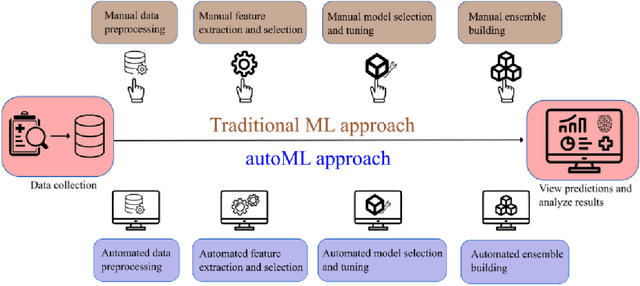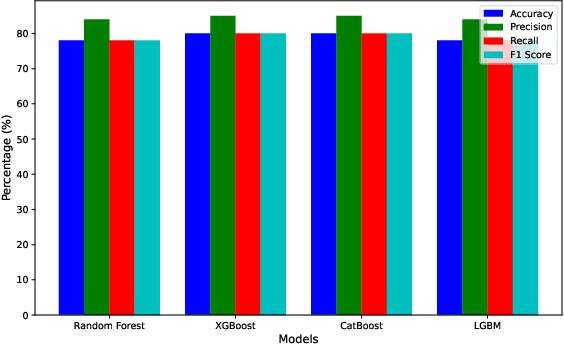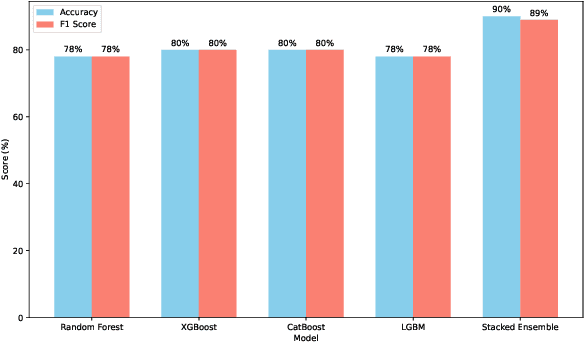Robert Akinie
Fine-Tuning Federated Learning-Based Intrusion Detection Systems for Transportation IoT
Feb 10, 2025Abstract:The rapid advancement of machine learning (ML) and on-device computing has revolutionized various industries, including transportation, through the development of Connected and Autonomous Vehicles (CAVs) and Intelligent Transportation Systems (ITS). These technologies improve traffic management and vehicle safety, but also introduce significant security and privacy concerns, such as cyberattacks and data breaches. Traditional Intrusion Detection Systems (IDS) are increasingly inadequate in detecting modern threats, leading to the adoption of ML-based IDS solutions. Federated Learning (FL) has emerged as a promising method for enabling the decentralized training of IDS models on distributed edge devices without sharing sensitive data. However, deploying FL-based IDS in CAV networks poses unique challenges, including limited computational and memory resources on edge devices, competing demands from critical applications such as navigation and safety systems, and the need to scale across diverse hardware and connectivity conditions. To address these issues, we propose a hybrid server-edge FL framework that offloads pre-training to a central server while enabling lightweight fine-tuning on edge devices. This approach reduces memory usage by up to 42%, decreases training times by up to 75%, and achieves competitive IDS accuracy of up to 99.2%. Scalability analyses further demonstrates minimal performance degradation as the number of clients increase, highlighting the framework's feasibility for CAV networks and other IoT applications.
An AutoML-based approach for Network Intrusion Detection
Nov 24, 2024



Abstract:In this paper, we present an automated machine learning (AutoML) approach for network intrusion detection, leveraging a stacked ensemble model developed using the MLJAR AutoML framework. Our methodology combines multiple machine learning algorithms, including LightGBM, CatBoost, and XGBoost, to enhance detection accuracy and robustness. By automating model selection, feature engineering, and hyperparameter tuning, our approach reduces the manual overhead typically associated with traditional machine learning methods. Extensive experimentation on the NSL-KDD dataset demonstrates that the stacked ensemble model outperforms individual models, achieving high accuracy and minimizing false positives. Our findings underscore the benefits of using AutoML for network intrusion detection, as the AutoML-driven stacked ensemble achieved the highest performance with 90\% accuracy and an 89\% F1 score, outperforming individual models like Random Forest (78\% accuracy, 78\% F1 score), XGBoost and CatBoost (both 80\% accuracy, 80\% F1 score), and LightGBM (78\% accuracy, 78\% F1 score), providing a more adaptable and efficient solution for network security applications.
 Add to Chrome
Add to Chrome Add to Firefox
Add to Firefox Add to Edge
Add to Edge